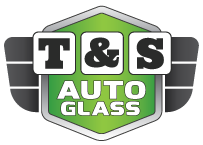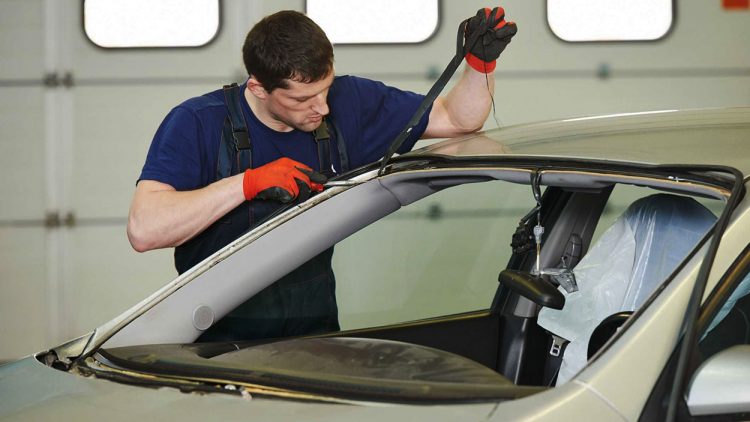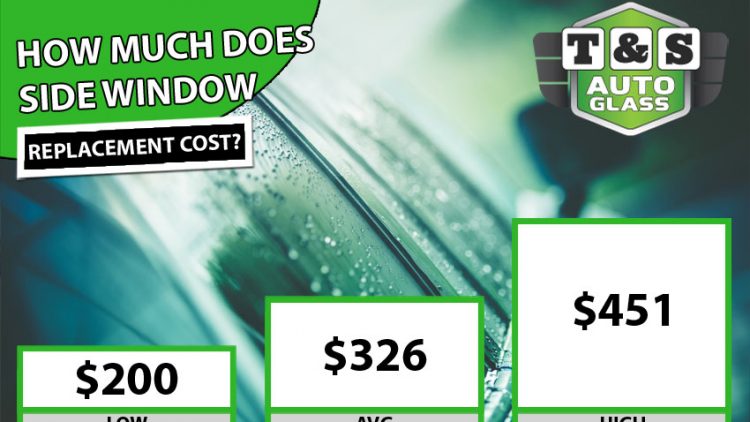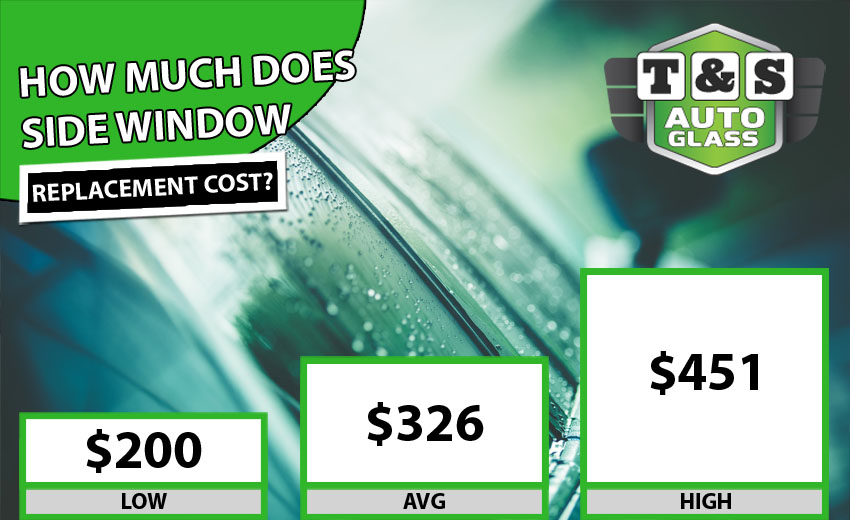- DIY Windshield Repair Kits:
- DIY windshield repair kits are available at auto parts stores and online retailers. These kits typically cost between $10 to $30.
- DIY kits are best suited for small, simple chips or cracks and may not be as effective for larger or more complex damage.
- Professional Windshield Repair:
- If you opt for professional windshield repair, the cost can range from $50 to $150 or more, depending on factors such as the severity and size of the chip or crack, the type of vehicle, and your location.
- Many auto glass repair shops offer mobile services, where they come to your location to perform the repair, which may incur an additional fee.
- Insurance Coverage:
- In some cases, your auto insurance policy may cover the cost of windshield repair, either partially or in full, without affecting your premiums. This coverage is often referred to as “comprehensive” or “glass coverage.”
- If you have comprehensive coverage, you may only be responsible for paying the deductible, which can range from $0 to a few hundred dollars, depending on your policy.
- Be sure to check with your insurance provider to understand your coverage and whether windshield repair is included.
- Windshield Replacement:
- If the damage to your windshield is extensive or cannot be repaired, you may need to have the windshield replaced. The cost of windshield replacement can range from $100 to $400 or more, depending on the make and model of your vehicle and whether you choose original equipment manufacturer (OEM) or aftermarket glass.
- Windshield replacement typically costs more than repair, but it is necessary for severe damage or when the structural integrity of the windshield is compromised.
It’s important to address windshield chips and cracks promptly, as they can worsen over time due to temperature changes, vibrations, and road conditions. Delaying repair can lead to more extensive damage and may eventually require windshield replacement.
When deciding whether to repair or replace your windshield, consider the size, location, and type of damage, as well as your insurance coverage. For minor chips and cracks, DIY repair kits or professional repair services are often sufficient and cost-effective solutions. For larger or more severe damage, or if the damage is in the driver’s line of sight, windshield replacement may be necessary for safety reasons.
The toughness of windshield glass is determined by a combination of factors, including the type of glass, its construction, and any additional layers or coatings. In general, laminated safety glass is used for windshields in most vehicles, and it is designed to be tough and shatter-resistant. Here’s what makes laminated safety glass one of the toughest options:
- Laminated Glass: Windshield glass is typically made of laminated safety glass, which consists of two layers of glass sandwiched around a layer of polyvinyl butyral (PVB) resin. This construction enhances the glass’s toughness and safety features.
- Shatter-Resistance: Laminated glass is designed to resist shattering upon impact. When struck, it may crack, but the PVB layer holds the glass fragments together, preventing them from flying into the vehicle’s interior and potentially causing injuries to passengers.
- Durability: Laminated glass is highly durable and can withstand various environmental factors, such as temperature changes, exposure to sunlight, and road debris. It is also resistant to small stone chips and minor impacts.
- Impact Resistance: Laminated glass is designed to resist impacts from small objects, like rocks or debris kicked up by other vehicles. While it may chip or crack, the PVB layer prevents the glass from fully shattering.
- Safety Features: The design of laminated safety glass enhances the safety of the vehicle’s occupants. In the event of an accident or collision, the glass helps prevent passengers from being ejected from the vehicle and minimizes the risk of injury caused by broken glass.
- Sound Insulation: Laminated glass provides better sound insulation compared to tempered glass, reducing road noise and improving the overall comfort of the vehicle’s interior.
- UV Protection: Many laminated windshields have UV-blocking properties to protect the vehicle’s occupants from harmful ultraviolet (UV) radiation.
While laminated safety glass is the standard choice for windshields in most vehicles due to its toughness and safety benefits, there are advanced windshield technologies that can further enhance durability and safety:
- Acoustic Laminated Glass: Some high-end vehicles use acoustic laminated glass, which has additional sound-dampening properties for a quieter interior.
- Heated Windshields: These windshields have embedded heating elements to quickly defrost and de-ice the glass in cold weather, improving visibility.
- Head-Up Display (HUD) Windshields: Some modern vehicles come equipped with HUD systems that project information onto the windshield. These windshields are specially designed to maintain visibility and clarity of the HUD display.
Overall, laminated safety glass, with its shatter-resistant properties and durability, is the industry standard for tough and safe windshields. However, the specific windshield material and features can vary by vehicle make and model, so it’s essential to refer to the manufacturer’s specifications for details on the windshield used in a particular vehicle.




